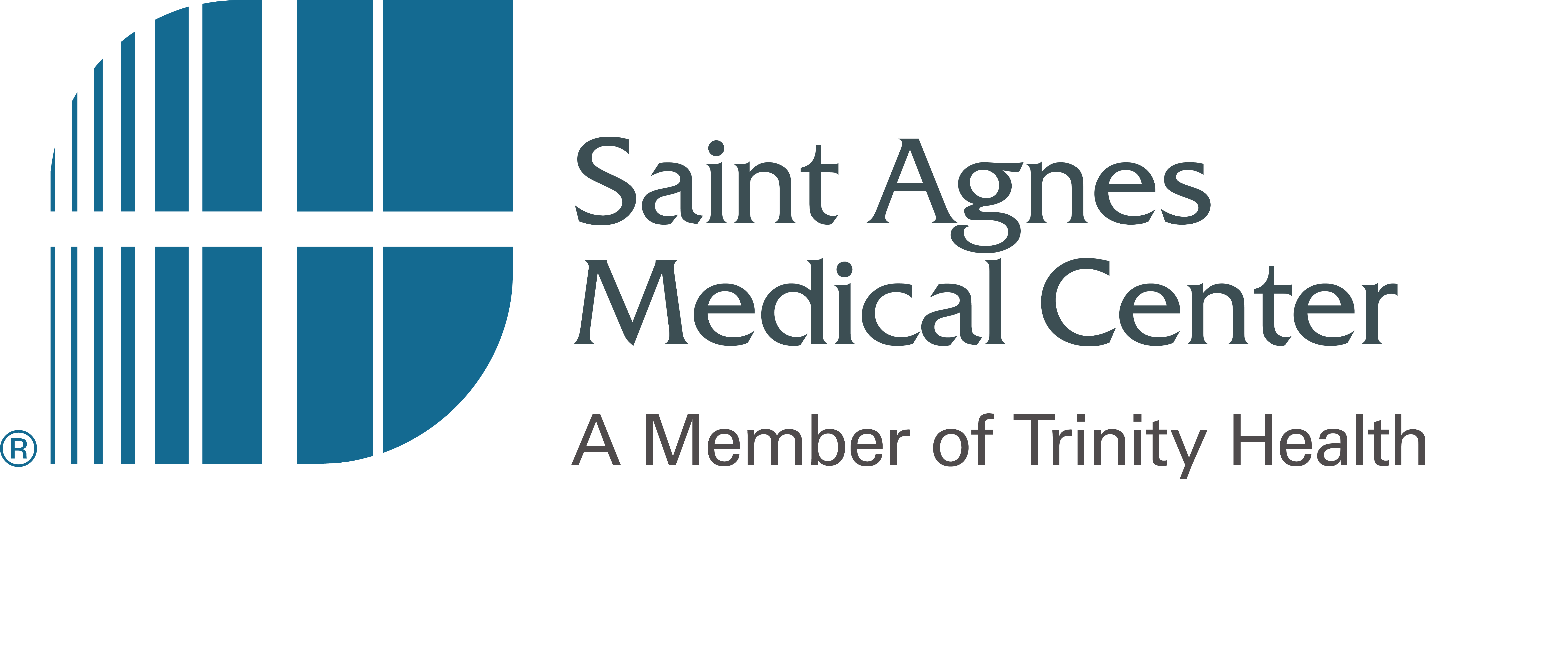Endoscopy
Endoscopy is the process of examining the inside (endo) of a body cavity with a specially made scope (scopy). The most common body cavities examined are the esophagus (feeding tube), stomach, and duodenum (the first part of the small intestine). This is frequently called upper endoscopy. The next most common body cavities examined by endoscopy are the colon (the large intestine) called colonoscopy and the trachea, bronchi and parts of the airways of the lungs known as bronchoscopy.
- Endoscopy helps the physician examine the inside linings of these organs for any abnormalities. Physicians are able to take small tissue samples (called biopsies) during these procedures to see if there are any changes in the cells that need treatment. Complaints of pain, heartburn, nausea and problems with swallowing food (dysphagia) are some of the most frequent reasons for performing upper endoscopy. Even if the exam results appear normal, the procedure can still help the doctor decide what kind of further treatment is needed.
- Colonoscopy is performed most often to see if the patient has colon polyps. These are small bump-like growths that are removed because some can become cancerous if left to grow for several years. Colonoscopy is also performed to diagnose complaints of changes in bowel habits, or as routine screening for individuals with a family history of colon cancer (as recommended by the American Cancer Society).
- Bronchoscopy (examination of the upper airway) is done to follow-up on abnormal chest X-ray results or for breathing problems.
These procedures are performed after giving medication to keep the patient sleepy and relaxed. Afterwards, there is a short recovery period before going home. Patients should provide for their transportation home following the procedure and should not try to drive themselves. Colonoscopy requires a special preparation to ensure that the colon is clean for examination. The other tests only require that the patient not eat or drink anything for several hours prior to the procedure.
